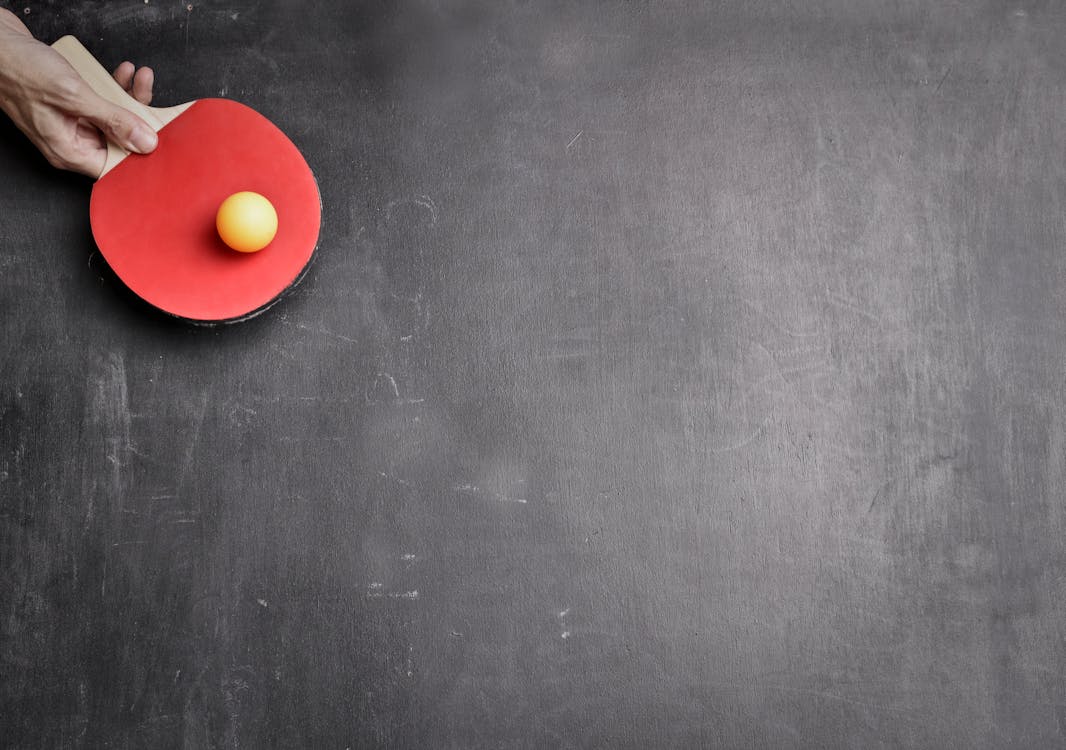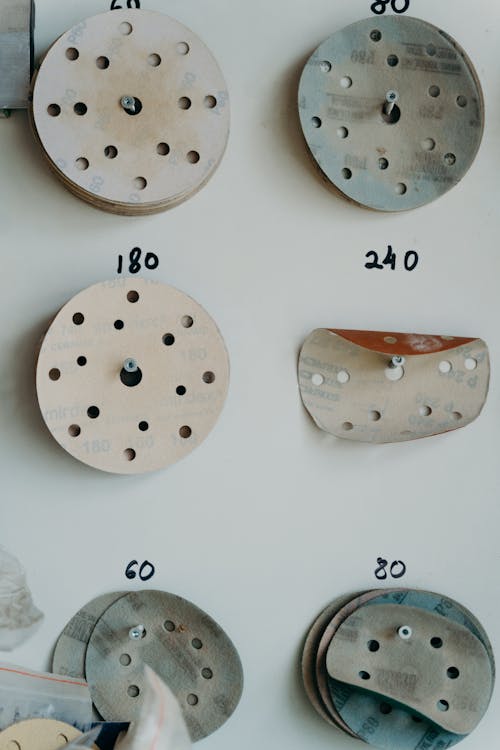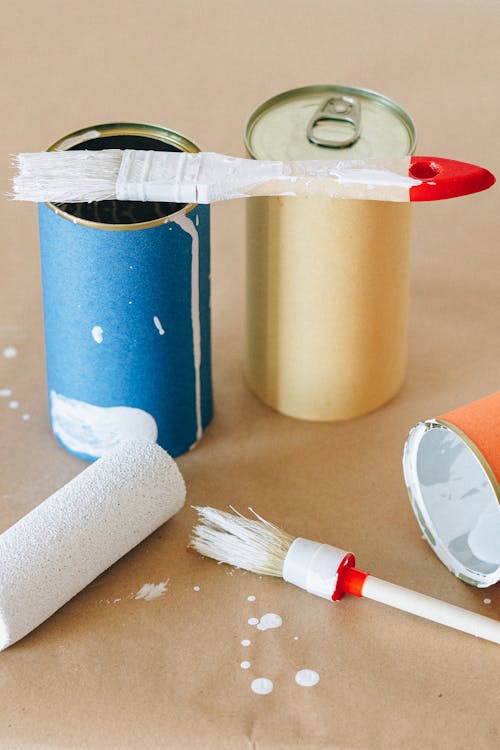Table of Content
Ping pong is a wonderful indoor game requiring skills, concentration, and expertise. However, if the table has holes, the game is ruined. In this article, we will show you how to repair holes on a ping pong table.

At a Glance
In this article, you will get detailed information on how to repair a hole that is hindering you from playing ping pong. The fix/repair option here is pocket-friendly since most of the items can be found in that store around the corner, some even lie there as waste ready for use.
Repair your table, get back to the game!
Repair Options
Below is a quick read for fixing a hole in case you are in a hurry. In less than five minutes, you will have the hole fixing skill.
If you got time, though, there is a section with a thorough explanation of how to go about the five steps in the quick fix.
Quick Summary: Fixing to a Hole on a Ping-Pong Table
Here’s a summary of the 5 steps:
- Step 1: Prep the Table:
It is definite that you need to decide you will repair the table to get it done. Depending on the size and the nature of the hole, determine how to go about the repair process. - Step 2: Clean up the hole:
Your hole needs to get cleaned to be repaired. - Step 3: Prepare and apply wood filler:
Wax-based wood filler is always the best option for a filler. Cover the whole area with the filler and allow it to dry. - Step 4: Sand the hole to level the table:
We need the table surface back to its initial smooth state. This can be done using sandpaper. Sand it up to make it smooth. Ensure to observe time, since it dries up fast if kept exposed to air for a long time. - Step 5: Paint the table:
We need to reinstate the table to its initial state. After the table is made smooth from sanding, we need to paint it to eliminate the marks left by the wood filler. Nobody wants to play on a board that looks dilapidated because of a lack of paint. Do you?
See also this YouTube video to complement the explanation made.
How to Repair Holes On a Ping Pong Table: Detailed Guide
DETAILED GUIDE: How to Repair Holes On a Ping Pong Table
Let’s first get an understanding of the ping pong tabletop structure so that you can repair your table’s hole in a better way.
The Tabletop Structure
Ping pong tabletops are made of particleboard, which is made of glue mixed with sawdust. This makes it easy to get damaged. Among the damages are holes and cracks.
Even a slight swell of the playing surface adversely affects the play. There is a need, therefore, to maintain the smooth structure of the surface.
Owing to its being delicate, the table should be folded and stored in a dry place when not in use.
Furthermore, a cracked board looks unattractive and may interfere with gameplay.
Items You Need to Repair Ping Pong Table Holes
- Sandpaper of various grits, from coarse to fine

- A block of wood
- Mixable wood powder filler
- Wax paper
- Duct tape
- Clean cloth to wipe the dust
- Putty knife
- Ping pong table paint

Five Key Steps to Repairing Holes on a Ping pong Table
Damages are at times inevitable, and they do occur, ranging from slight to extreme. A case scenario of extreme damage is a hole on the top of your ping pong table.
Repairing it requires you to fill these holes up completely. Otherwise, there will be no play.
Small holes will be easier to repair than larger ones.
Step # 1: Getting Ready for Repair
You must disassemble the tabletop from the legs.
This means you have to remove the net from the stand.
You also have to remove the screws that hold the tabletop together. This way, you will see the extent to which the damage has occurred.
For safety, keep the screws safely to avoid losing them. Remember, this is what you will use to put the tabletop back in place after repairing.
Step # 2: Cleaning the Hole
After removing the top from the stand, clean the hole ready for fixing.
This means you get away with the debris that could be around the surface area of the damage. It is advisable that you have a regular shape to make it easy to fill.
This also involves removing the splinters and the jagged edges.
Step # 3: Apply Wood Filler
Being made of particleboard, a ping pong table will only need to use ordinary wood putty to fill.
Place a block of wood under the damaged area. After that, smear a paste of putty deep into the damaged areas. This will require that you use a putty knife.
Give time for the putty to dry.
Ensure there is an even spread of the paste. In case the surface is uneven, apply another layer of putty to level the surface.
It would be best if you searched for putty that is made from wood and dries hard. This way, it will blend into the structure of the tabletop material.
The drying of the putty is approximately one hour. This, however, is dependent on humidity or the heat in your area.
After drying, the wood putty should have a chalky, almost brittle consistency.
To make sanding possible, you could assemble your Ping pong table.
Step # 4: Sand and Smooth
Sanding your tabletop can be done by hand.
You could use several sandpapers by size, but the 180-grit sandpaper starts up the process.
Attach the paper to a sanding block and remove the excess putty.
Sand it till it is even with the surface.
It is also preferable that you sand the remainder of the table to create some uniformity.
When the block begins to slide, change the paper and re-sand the entire table using 220-grit paper.
The finer grit paper is aimed at smoothing the top in readiness for paint.
When all you see on the tabletop is a fine powder, it is good to go.
Wipe the powder off using a soft cloth.
Do not use excessive force when sanding or lean on the table too hard; you could break the legs.
Step # 5: Paint the Table
It is time for final touches, the main being repainting the table.
Any satin or blackboard paint is an option. It is always advisable that you use a dark color. Most preferably, black or dark green.
Apply a thin, even coat of paint, ensuring the tabletop is evenly wet.
Allow the paint to dry and add two more coats; this ensures that the paint is durable and does not peel off right after you begin playing. In case you are not satisfied yet, feel free to add one or two more coats. Allow the paint to dry overnight.
If it looks good, what remains now is adding the lines. Have the measurements right. Ensure the standard lines are drawn.
To ensure that the line paint does not spill over, use tape to mark the lines around the perimeter and along the sides. Press the tape down hard along the edges, so the paint does not sip under the tape.
When the lines are defined, mask the table’s interior with paper, using the tape to hold it in place. Spray the lines using white paint.
Done! Allow the paint to dry off completely.

In case all that does not work, make an order for a new tabletop at Amazon.
Conclusion
Your Ping pong table could have accidentally got that hole; all is not lost; with glue and the procedure outlined above, you will be back in play! We cannot afford to have you bored; keep in shape, we got you.
